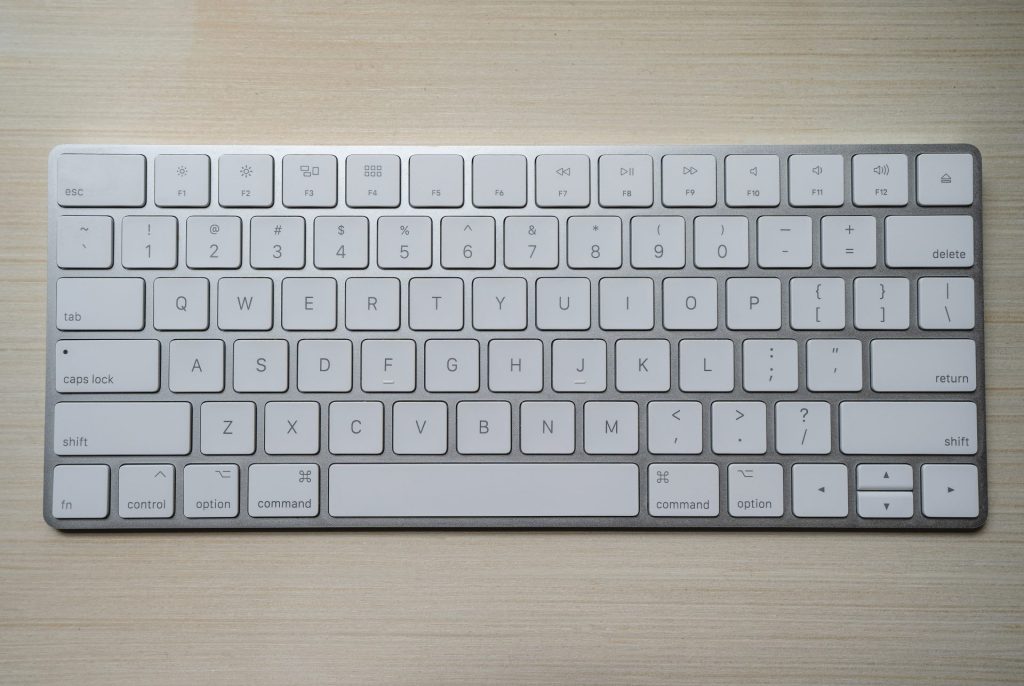AI System That Can Identify Sound of Keystrokes
A group of researchers from Durham, Surrey, and Royal Holloway have developed an artificial intelligence (AI) system that can accurately identify and catalog the sound of keystrokes. In a simulated cyberattack study, the scientists employed a deep learning model to classify laptop keystrokes using Zoom audio and a smartphone’s built-in microphone. This groundbreaking AI technology unveils a new type of security vulnerability in online communication platforms, potentially jeopardizing privacy during remote work and virtual meetings. The research emphasizes the need for strong encryption and security measures to prevent such potential breaches and ensure user safety on these platforms.
The AI classifier demonstrated remarkable accuracy, attaining a 95% success rate when trained on keystrokes captured by a nearby phone, and a 93% accuracy rate for those recorded via Zoom. The researchers stress the need for further exploration into the effectiveness of other inconspicuous recording techniques. These results provoke significant worries about user privacy and security, as cybercriminals could potentially abuse this technology to gain unauthorized access to confidential information. It is crucial for developers and organizations to put strong preventive measures in place to protect user data from emerging threats.
The researchers noted that advancements in deep learning technology have made acoustic side channel attacks (ASCAs) an increasingly significant risk to keyboards. These ASCAs can now efficiently analyze keystroke sounds to determine which keys are pressed, potentially revealing sensitive data such as passwords and private communications. Consequently, it is vital for individuals and organizations to be aware of this new threat and take necessary precautions to secure their information.
To reduce the likelihood of such attacks, the researchers suggest modifying typing habits, such as adopting touch typing, which lowered keystroke identification from 64% to 40%. Additionally, introducing breaks between words and varying typing patterns can further diminish the success rate of these intrusive techniques. Adopting diverse typing styles can not only boost overall typing efficiency but also substantially improve personal security.
Moreover, the researchers recommend using randomized passwords with mixed cases, applying sound-based countermeasures like adding false keystrokes to transmitted audio, and utilizing two-factor authentication for additional defense against these threats. Experts also underscore the importance of regularly updating software to ensure the latest patches and security features are active. They further emphasize the value of user awareness and training in detecting and mitigating potential vulnerabilities stemming from side-channel attacks.
See first source: FoxNews.com
FAQ
What is the purpose of the AI system developed by the researchers?
The AI system is designed to accurately identify and catalog the sound of keystrokes, unveiling a new type of security vulnerability in online communication platforms, such as Zoom, and potentially jeopardizing privacy during remote work and virtual meetings.
How accurate is the AI classifier?
The AI classifier demonstrated remarkable accuracy, attaining a 95% success rate when trained on keystrokes captured by a nearby phone, and a 93% accuracy rate for those recorded via Zoom.
What is an acoustic side channel attack (ASCA)?
An acoustic side channel attack (ASCA) is a technique that analyzes keystroke sounds to determine which keys are pressed, potentially revealing sensitive data such as passwords and private communications. Advancements in deep learning technology have made ASCAs an increasingly significant risk to keyboards.
How can typing habits be modified to reduce the likelihood of an ASCA?
Adopting touch typing can lower keystroke identification from 64% to 40%. Additionally, introducing breaks between words and varying typing patterns can further diminish the success rate of these intrusive techniques. Diverse typing styles can boost overall typing efficiency and improve personal security.
What other recommendations can help protect against ASCAs and other security threats?
Using randomized passwords with mixed cases, applying sound-based countermeasures like randomly generated false keystrokes, utilizing two-factor authentication, and regularly updating software can strengthen security. User awareness and training in detecting and mitigating potential vulnerabilities are also crucial.
Featured Image Credit: Clay Banks; Unsplash; Thank you!





























